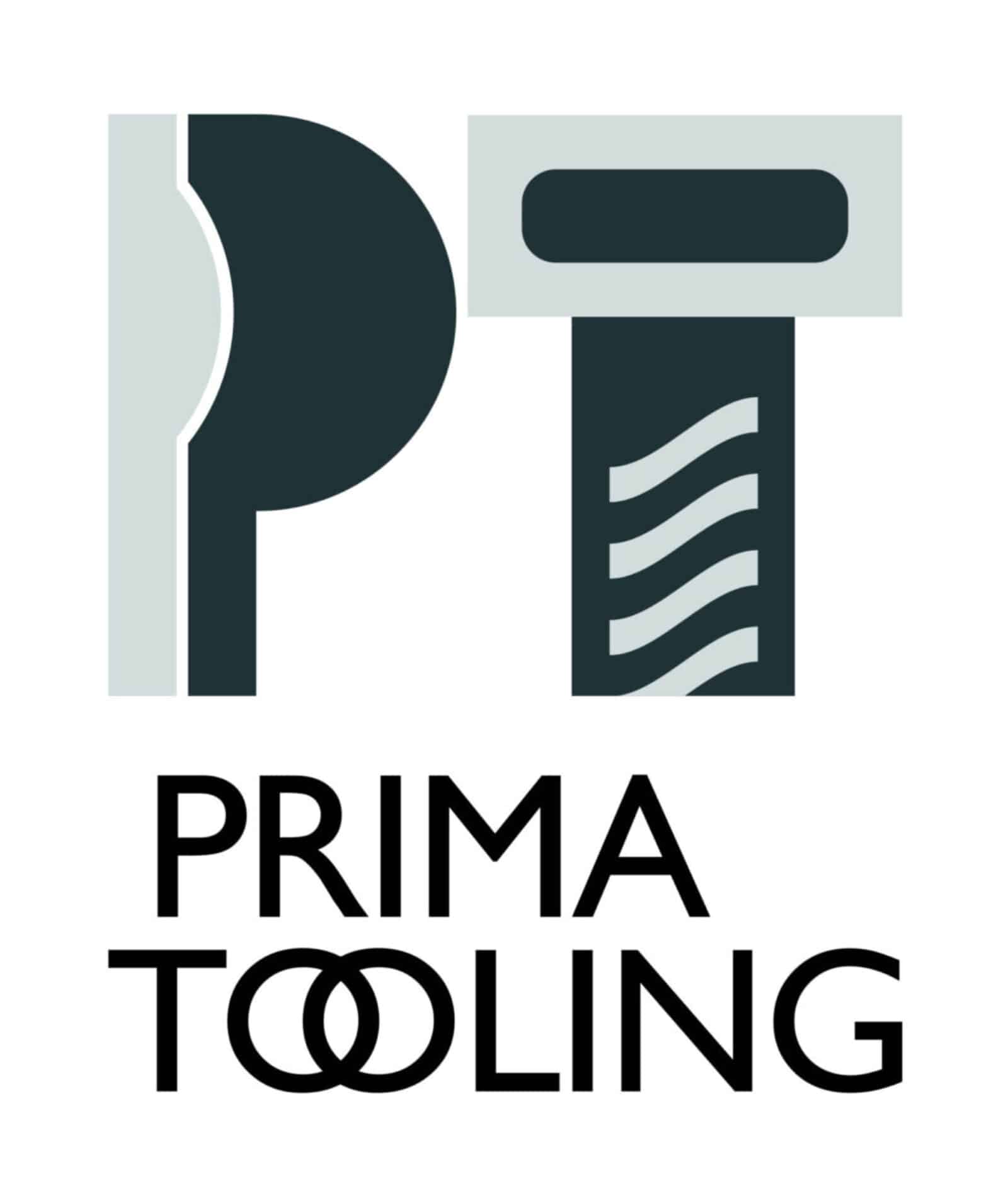PCD (Polycrystalline Diamond) end mills are vital in the world of composite material cutting. These tools are made using diamond particles, making them incredibly tough and durable. PCD end mills offer unmatched precision, which is essential for achieving high-quality results in composite material cutting. Whether you’re working with carbon fibre, fibreglass, or other composite materials, using the right tool can make a world of difference.
Many manufacturers turn to PCD end mills because of their exceptional performance and long lifespan. Unlike traditional cutting tools, PCD end mills can withstand the rigours of cutting abrasive composite materials without wearing out quickly. This means fewer tool changes, less downtime, and more consistent production quality. Using PCD end mills also reduces the risk of damaging the finished product, saving time and resources.
In addition to durability, PCD end mills offer superior cutting accuracy. The sharp cutting edges ensure clean cuts, reducing the chances of fraying or splintering the composite material. This precision is crucial for applications where the quality of the cut directly affects the performance and appearance of the final product. Understanding the benefits and proper usage of PCD end mills can enhance your cutting processes, making your operations more efficient and your products more reliable.
Understanding the Basics of PCD End Mills
PCD, or Polycrystalline Diamond, end mills are specialised cutting tools used in machining applications. They are designed with tips using diamond particles bonded together, creating a tool that is incredibly hard and durable. This hardness allows PCD end mills to achieve a high level of precision when cutting through materials. These tools are especially useful for machining composites, which can be difficult to cut with traditional tools.
We manufacture PCD end mills because of their exceptional wear resistance. Unlike traditional carbide tools, PCD end mills maintain their sharpness over a long period, reducing the need for frequent replacements. This makes them highly efficient for long production runs. Additionally, the sharpness of PCD end mills results in cleaner cuts, which is essential for the quality and finish of the final product.
Advantages of PCD End Mills in Composite Material Cutting
There are several key advantages to using PCD end mills when cutting composite materials. One of the main benefits is their ability to produce high-precision cuts. Composite materials often have varying densities and hardness, making them prone to chipping and delamination. PCD end mills, with their sharp and durable cutting edges, can cut through these materials smoothly, resulting in a clean and precise finish.
Another significant advantage is the extended tool life. PCD end mills have a much longer service life compared to carbide and other traditional tools. This longevity reduces downtime due to tool changes, increasing overall productivity. It also means fewer tools need to be purchased over time, which can lead to cost savings in the long run.
Additionally, PCD end mills operate at higher cutting speeds, which increases efficiency. Faster cutting speeds reduce cycle times, allowing more parts to be produced in less time. This can be particularly beneficial in high-volume production environments, where time and efficiency are critical. Overall, the use of PCD end mills in composite material cutting offers a combination of precision, durability, and efficiency.
Techniques for Optimal Use of PCD End Mills
To get the best performance from PCD end mills, we need to follow specific techniques. First, selecting the right speed and feed rates is crucial. PCD end mills maintain their sharpness under high-speed conditions, but we must ensure the feed rate is appropriate to avoid overloading the tool. Using a consistent and smooth feed rate prevents chipping and ensures a precise cut.
Next, cooling is another critical aspect. Despite PCD’s superior heat resistance, using a proper cooling system helps extend the tool’s life. Applying coolants reduces thermal stress and enhances cutting performance, leading to cleaner finishes and longer tool durability. Regularly check the coolant system to ensure it functions effectively.
Additionally, using the right coolant helps. Some materials cut best with specific types of coolants, so matching the coolant to the material being machined can improve results even further. By understanding and applying these techniques, we can maximise the effectiveness of PCD end mills in our operations, ensuring high-quality outcomes.
Comparing PCD End Mills to Other Cutting Tools
When comparing PCD end mills to other cutting tools like TCT and HSS, there are some distinct advantages. PCD end mills are known for their exceptional hardness and durability, making them ideal for cutting composite materials. They last significantly longer than TCT and HSS tools, reducing the need for frequent changes and thereby saving both time and money.
TCT tools are slightly more affordable upfront but wear out faster than PCD end mills. They are suitable for softer materials but won’t provide the same extended performance as PCD tools. HSS tools are the least expensive and work well for simpler projects, but they dull quickly and require more frequent sharpening.
Precision is another key difference. PCD end mills offer unmatched accuracy, producing cleaner cuts with minimal chipping. This precision is particularly important when working with composite materials, where even small imperfections can compromise the integrity of the finished product.
Conclusion
PCD end mills are an outstanding choice for cutting composite materials due to their durability, precision, and efficiency. By using the right techniques, such as selecting proper speeds and ensuring effective cooling, maximising the performance of these tools and extend their lifespan. Comparing PCD end mills to other options like TCT and HSS tools highlights their superior longevity and cutting accuracy, making them a valuable investment for high-quality machining tasks.
Implementing regular care and understanding the best practices for using PCD end mills can significantly enhance productivity and the quality of work. Taking these steps helps avoid common pitfalls and makes the most out of cutting tools.
For more information and to explore our range of high-quality tools, visit Prima Tooling. Let us help you achieve precision and excellence in your machining projects.
